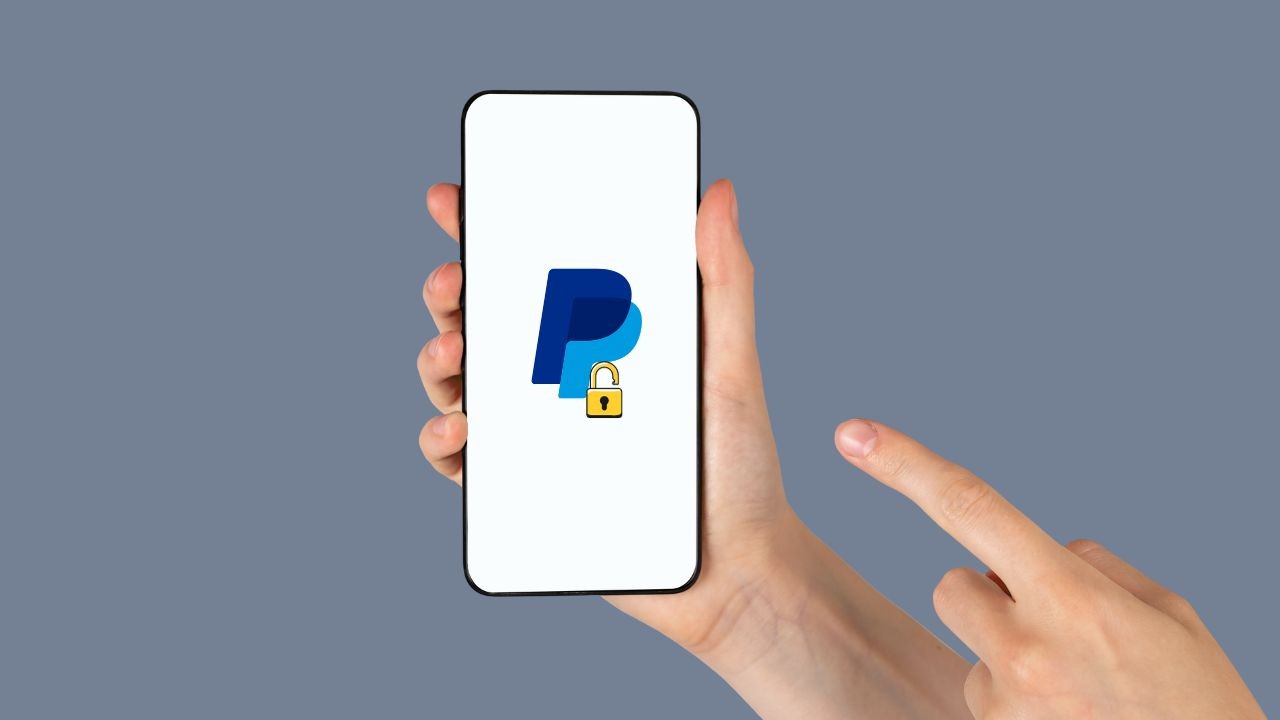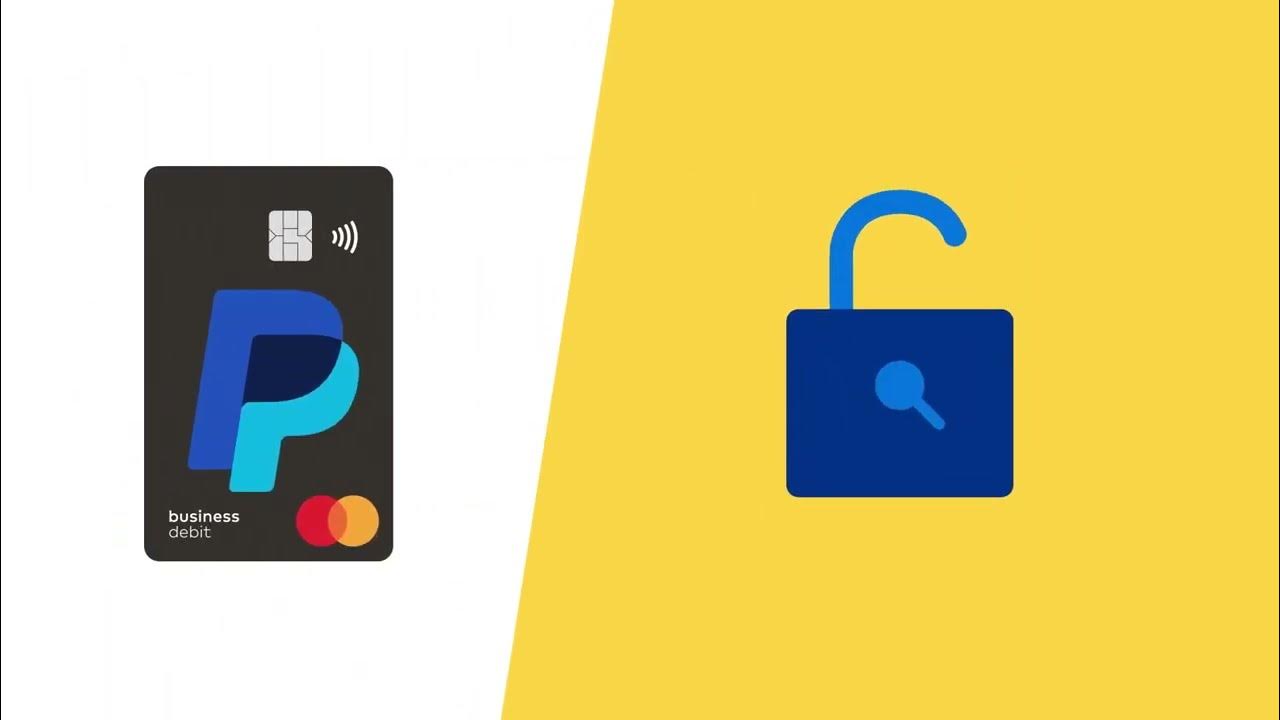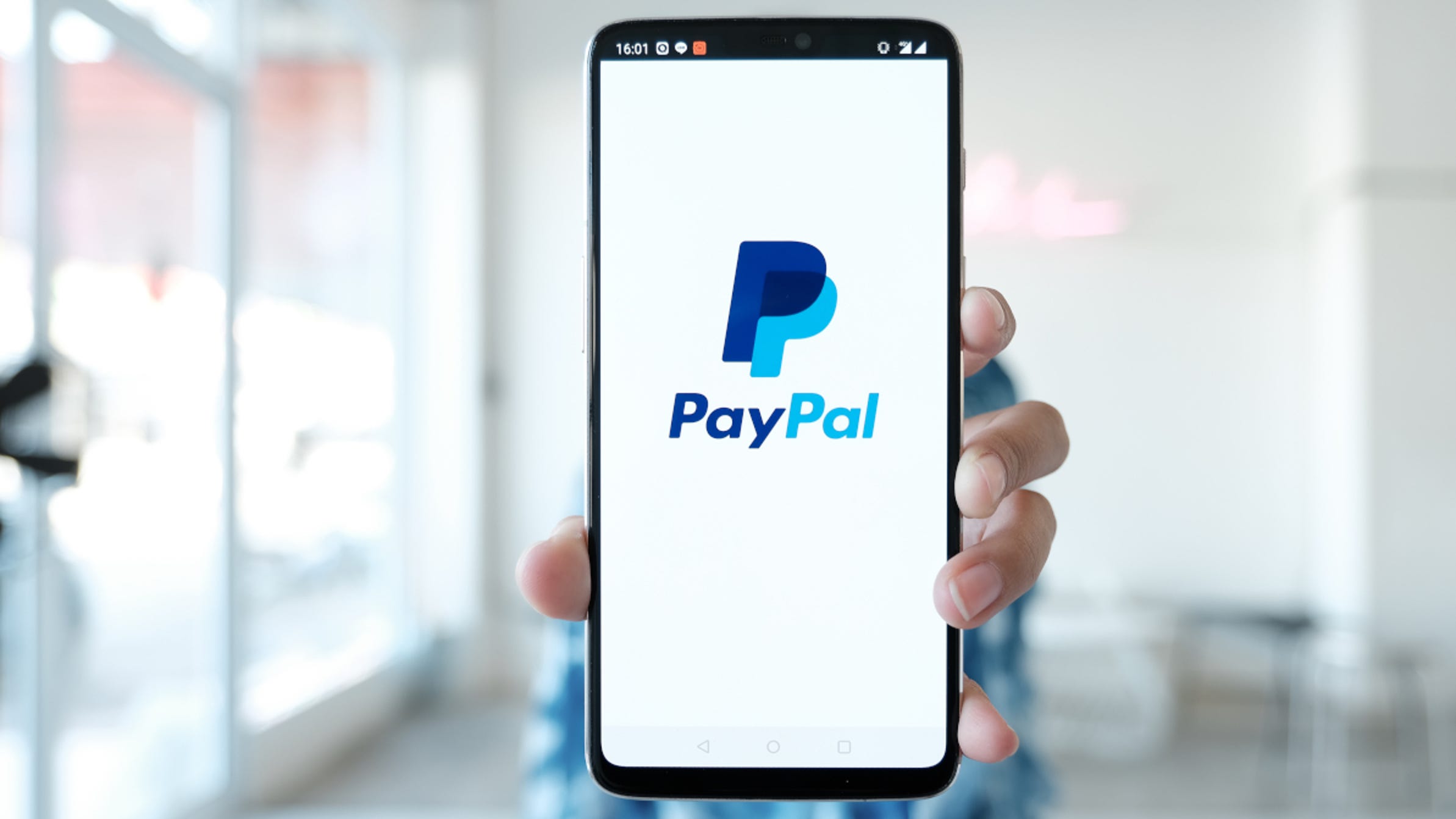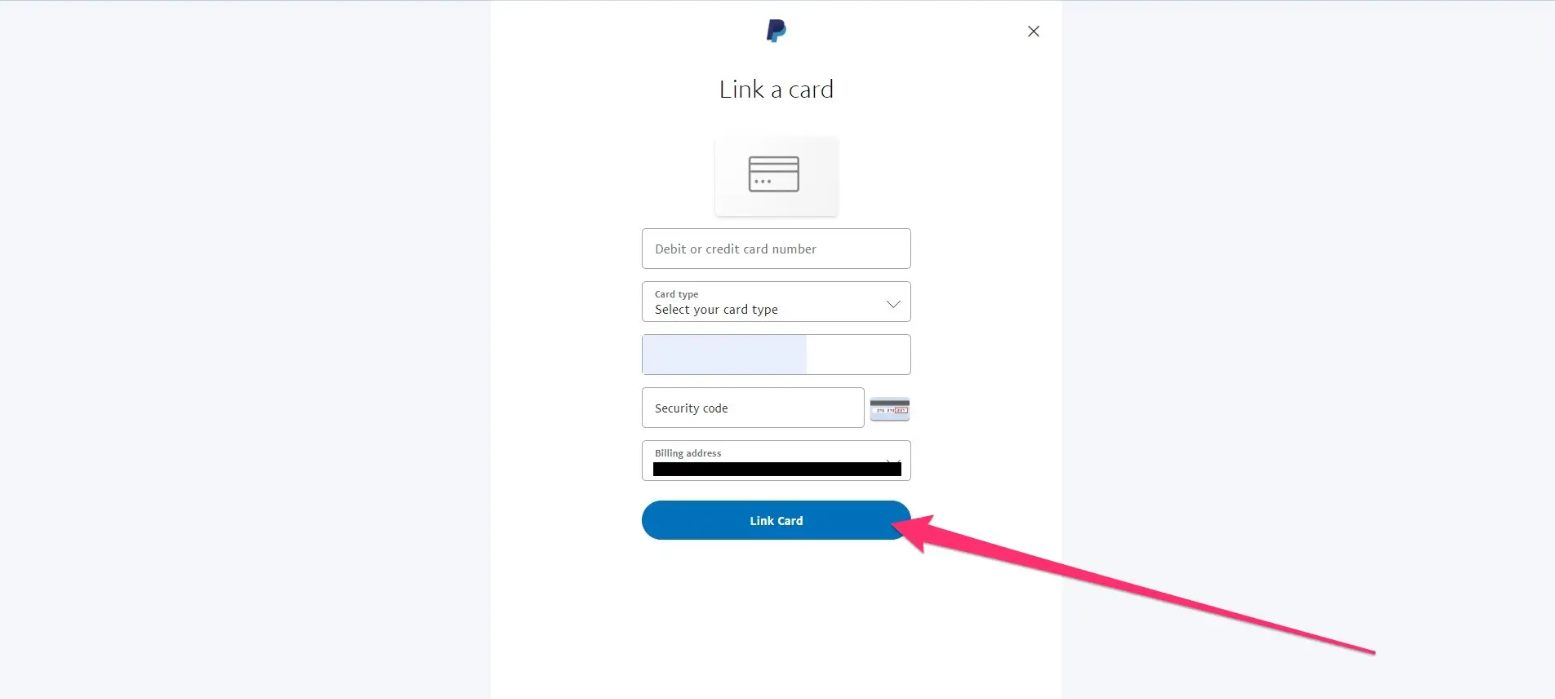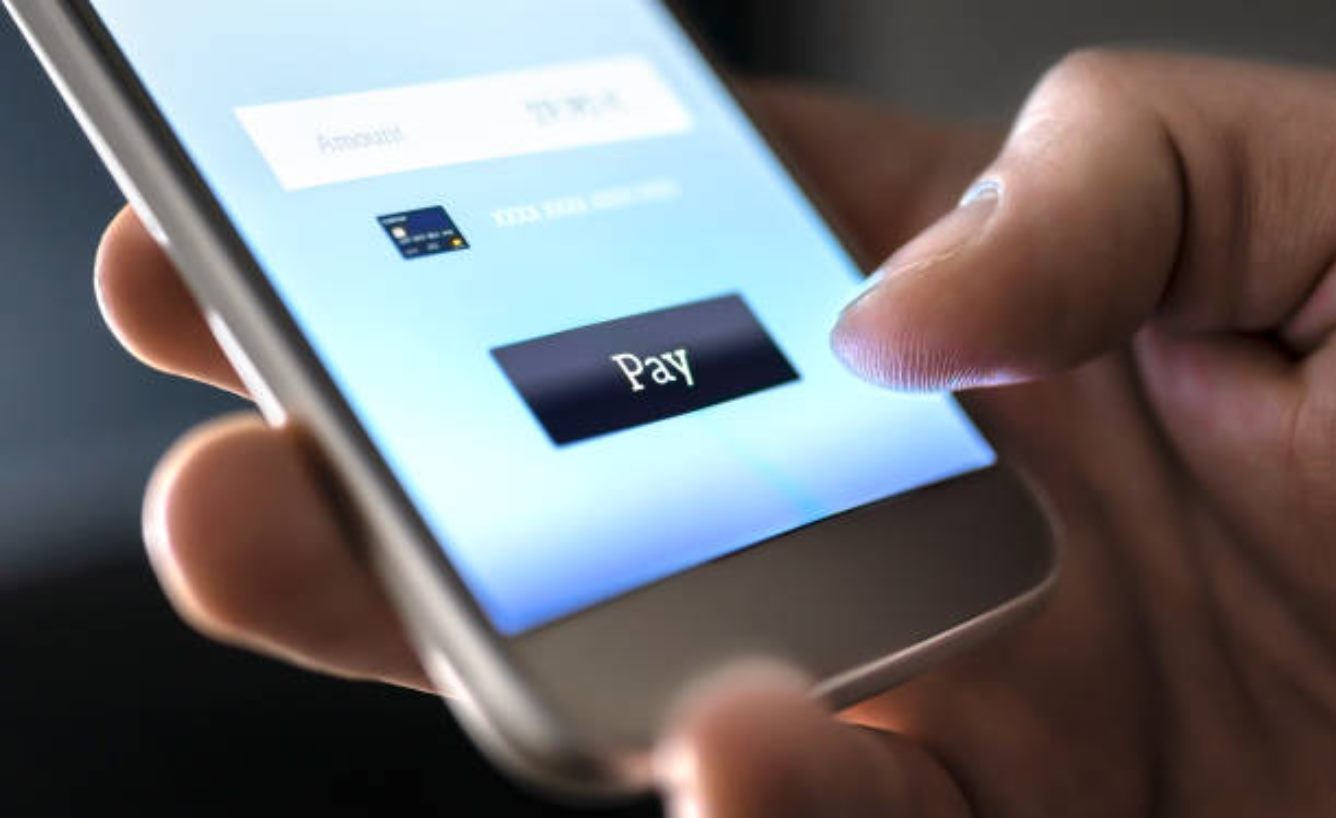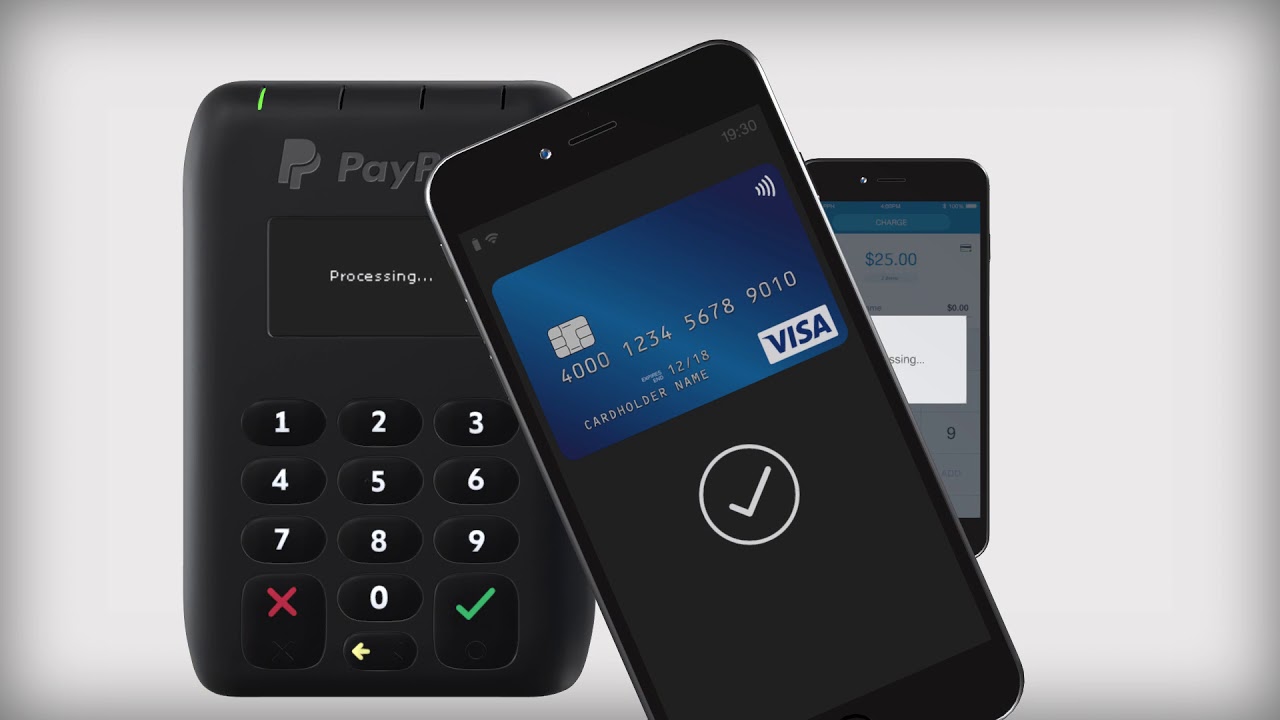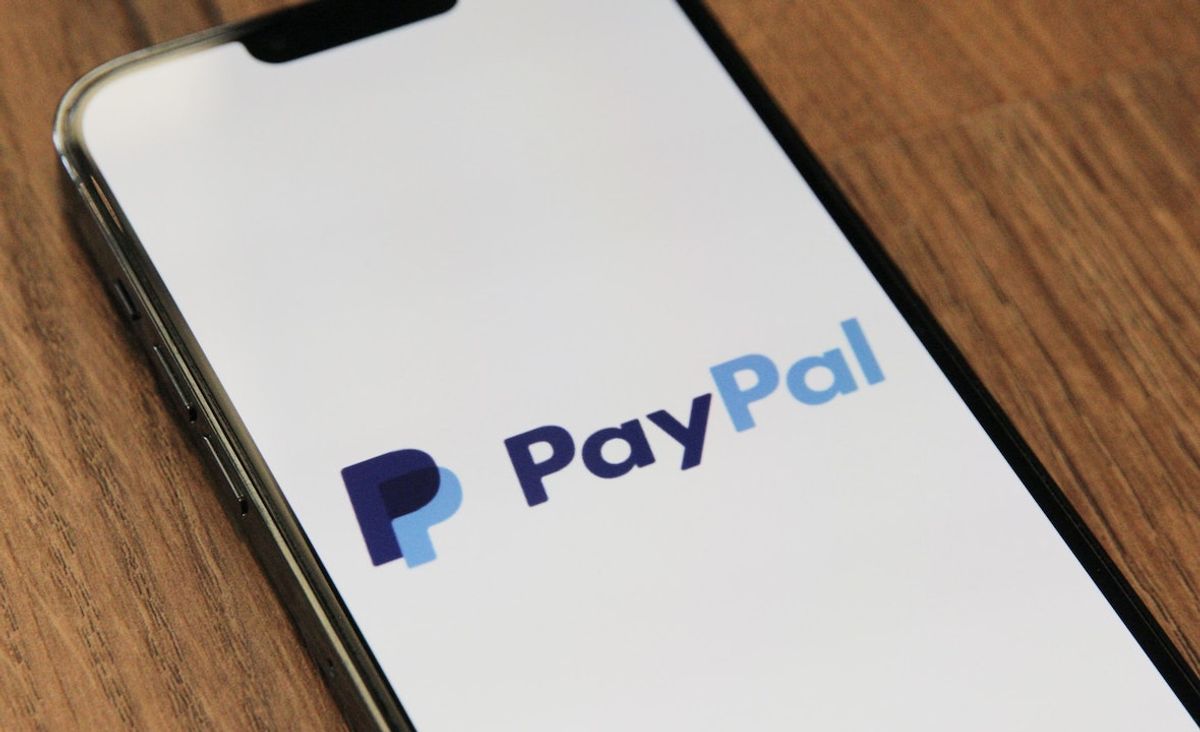Introduction
PayPal is a popular online payment platform that allows individuals and businesses to send and receive money securely across the globe. With its user-friendly interface and robust security measures, PayPal has become the go-to choice for millions of users worldwide.
However, there may be instances where your PayPal account gets locked, causing inconvenience and frustration. This can happen for various reasons, such as suspicious activities, security concerns, or failure to comply with PayPal’s terms of service. When your account is locked, you may not be able to access your funds, complete transactions, or perform other essential functions.
In this article, we will explore the reasons why your PayPal account may get locked and provide valuable tips on preventing such situations. Moreover, we will guide you on the necessary steps to unlock your account, ensuring that you regain access to your funds and continue using PayPal hassle-free.
It’s essential to understand that PayPal takes security seriously to protect both its users and the integrity of its platform. While encountering a locked account can be alarming, it serves as a safeguard against potential fraudulent activities. By adhering to PayPal’s policies and implementing additional security measures, you can significantly reduce the chances of your account being locked in the first place.
Now, let’s delve into the reasons behind a locked PayPal account and discover how to prevent and resolve this issue effectively.
Reasons why your PayPal account might be locked
There are several reasons why PayPal may lock your account, ranging from security concerns to violations of their terms of service. Understanding these reasons can help you avoid potential account locks and ensure smooth usage of the platform. Here are some common reasons why your PayPal account might be locked:
- Suspicious Activities: PayPal has sophisticated algorithms that detect any unusual or suspicious activities associated with your account. If these activities raise red flags, such as multiple failed login attempts, unauthorized transactions, or sudden changes in account behavior, PayPal may lock your account to protect your funds and personal information.
- Violation of Policies: PayPal has strict policies in place to prevent fraudulent activities, money laundering, and other illegal practices. If you violate these policies, such as using your account for illegal transactions, engaging in prohibited activities, or violating PayPal’s acceptable use policy, your account is at risk of being locked.
- Security Concerns: PayPal prioritizes the security of its users’ accounts. If there is a suspicion of a security breach, compromised login credentials, or potential unauthorized access to your account, PayPal may lock it temporarily to investigate and ensure your account’s safety.
- Disputes and Chargebacks: Excessive disputes or chargebacks filed against your PayPal account can raise flags and lead to a potential account lock. It is crucial to address any customer disputes promptly and aim to resolve them amicably to avoid escalated issues.
- Unusual Selling or Buying Patterns: If you have recently started using your PayPal account for a high volume of transactions or there are sudden fluctuations in your buying or selling patterns, PayPal may flag these activities as potentially fraudulent and lock your account for investigation.
It’s important to emphasize that PayPal’s account lock measures are in place to protect users from unauthorized access and potential financial losses. If your account gets locked, it is crucial to take immediate action to resolve the issue and regain access to your funds.
Tips on preventing your PayPal account from being locked
While encountering a locked PayPal account can be inconvenient and frustrating, there are proactive steps you can take to prevent this situation from occurring. By implementing these tips, you can ensure the smooth and uninterrupted usage of your PayPal account:
- Secure your account: Regularly update your password and use a strong, unique combination of letters, numbers, and special characters. Enable two-factor authentication for an added layer of security.
- Keep your contact information up to date: Ensure that your email address, phone number, and mailing address associated with your PayPal account are current. This will facilitate communication with PayPal and help in resolving any account-related issues promptly.
- Monitor your account activity regularly: Regularly review your account activity, transaction history, and notifications. If you notice any suspicious or unauthorized activities, report them to PayPal immediately.
- Be cautious of phishing attempts: Be wary of emails, messages, or websites that imitate PayPal. Do not click on suspicious links or provide your account information to unknown sources. PayPal will never ask for sensitive information via email or text.
- Communicate with PayPal: If you plan to engage in high-value transactions or any other activities that might be flagged as suspicious, communicate with PayPal beforehand to avoid any potential account locks.
- Resolve disputes and issues promptly: Address any customer disputes, inquiries, or issues promptly and professionally. Aim to resolve them amicably to minimize the risk of chargebacks or escalated conflicts that could lead to an account lock.
- Stay updated with PayPal’s policies: Familiarize yourself with PayPal’s acceptable use policy, terms of service, and other guidelines. Ensure that your activities on the platform comply with these policies to avoid any violations that could result in an account lock.
By following these tips and maintaining good account hygiene, you can significantly reduce the chances of your PayPal account getting locked. However, if you do encounter a locked account, don’t panic. PayPal provides steps to resolve the issue and regain access to your account, which we will discuss in the following sections.
How to proceed if your PayPal account gets locked
Discovering that your PayPal account has been locked can be stressful, but there are steps you can take to resolve the issue and regain access to your funds. Here is a step-by-step guide on how to proceed if your PayPal account gets locked:
- Contact PayPal: The first step is to reach out to PayPal’s customer support immediately. You can contact them through their website, the PayPal mobile app, or by phone. Explain the situation and provide any necessary information they may require to verify your identity.
- Provide requested documents: PayPal may ask you to provide additional documentation to verify your identity and ownership of the account. Be prepared to submit any requested documents promptly to expedite the resolution process.
- Cooperate with PayPal’s investigation: PayPal may conduct an investigation to ensure the rightful owner is regaining access to the locked account. Cooperate fully during this process and provide any requested information or clarification promptly.
- Follow PayPal’s instructions: PayPal will provide you with instructions on how to unlock your account. Follow these instructions carefully, ensuring that you comply with any requirements or conditions specified by PayPal.
- Reset your password: As part of the unlocking process, you may be required to reset your password. Choose a strong, unique password that you haven’t used before, and consider enabling two-factor authentication for enhanced security.
- Review your account settings: Once you have regained access to your PayPal account, review your account settings and security features. Ensure that everything is up to date and take any necessary steps to further secure your account.
Remember, each case may vary, and PayPal’s instructions may differ based on the reason for the account lock. It is crucial to communicate and follow PayPal’s guidelines closely to resolve the issue and regain access to your funds as quickly as possible.
Now that we have covered the necessary steps to unlock your PayPal account, let’s take a look at common mistakes to avoid during this process to prevent any delays or complications.
Step-by-step guide to unlocking your PayPal account
If you find yourself with a locked PayPal account, don’t worry. PayPal provides a straightforward process to unlock your account and regain access to your funds. Follow this step-by-step guide to unlock your PayPal account:
- Contact PayPal: Reach out to PayPal’s customer support immediately to report the locked account. You can contact them through their website, mobile app, or phone.
- Verify your identity: PayPal may request additional information to verify your identity and ownership of the account. Provide any necessary documents promptly, such as government-issued identification or proof of address.
- Cooperate with PayPal’s investigation: PayPal may conduct an investigation to ensure your account’s security. Cooperate fully during this process and provide any requested information or clarification promptly.
- Follow instructions: PayPal will provide you with instructions on how to unlock your account. Read and follow these instructions carefully, ensuring that you comply with any requirements or conditions specified by PayPal.
- Reset your password: As part of the unlocking process, you may need to reset your password. Choose a strong, unique password and avoid using previously used passwords.
- Confirm account details: Review your account details, including your contact information and linked bank accounts or credit cards. Ensure that everything is accurate and up to date.
- Enable two-factor authentication: Consider enabling two-factor authentication for an added layer of security. This will require you to enter a verification code whenever you log in to your PayPal account.
- Monitor your account: After unlocking your account, monitor your account activity and transactions regularly. Report any suspicious activities or unauthorized transactions immediately to PayPal.
These steps should help you unlock your PayPal account successfully. However, keep in mind that the process may vary based on the reason for the account lock and PayPal’s specific instructions. It is essential to closely follow PayPal’s guidelines and communicate with their customer support as needed to resolve the issue.
Now that your account is unlocked, let’s explore some common mistakes to avoid to prevent any future lockouts and ensure the long-term security of your PayPal account.
Common mistakes to avoid when unlocking your PayPal account
While unlocking your PayPal account is essential, it’s crucial to navigate the process carefully to prevent any delays or complications. Here are some common mistakes to avoid when unlocking your PayPal account:
- Providing incorrect or incomplete information: Ensure that you provide accurate and up-to-date information when verifying your identity or submitting any requested documents. Double-check your submissions to avoid any discrepancies or mismatches.
- Ignoring communication from PayPal: Stay vigilant and regularly check your email, PayPal messages, and notifications for updates or requests from PayPal during the unlocking process. Failing to respond promptly can lead to delays in resolving the lockout.
- Not following PayPal’s instructions: Pay close attention to the instructions provided by PayPal to unlock your account. Follow the steps carefully and ensure that you comply with any requirements or conditions specified by PayPal. Deviating from their instructions may result in additional complications.
- Using weak or commonly used passwords: When prompted to reset your password, avoid using weak or easily guessable passwords. Opt for a strong, unique combination of letters, numbers, and special characters that you haven’t used before.
- Skipping security measures: After unlocking your account, take full advantage of PayPal’s security features, such as enabling two-factor authentication. These additional security measures can significantly enhance the protection of your account and prevent future unauthorized access.
- Not monitoring your account activity: Once your account is unlocked, make it a habit to monitor your account activity regularly. Keep a close eye on transactions, review account statements, and report any suspicious activities or unauthorized transactions to PayPal.
- Not updating contact information: Ensure that your contact information, such as email address and phone number, is kept up to date in your PayPal account. This will enable PayPal to communicate with you promptly and effectively, if required.
By avoiding these common mistakes, you can streamline the unlocking process and minimize any potential complications. Remember, clear communication with PayPal, attention to detail, and adherence to their instructions are key to successfully unlocking your account.
Now that we have covered the common pitfalls to avoid, let’s explore additional measures you can take to secure your PayPal account in the future.
Additional measures to secure your PayPal account in the future
Unlocking your PayPal account is just the first step towards ensuring its security and smooth usage. To further protect your account and prevent future lockouts, consider implementing the following additional security measures:
- Enable two-factor authentication: Two-factor authentication adds an extra layer of security to your account. Set this up so that you are prompted to enter a verification code in addition to your password when logging in.
- Regularly update your password: Change your PayPal account password periodically. Choose a strong password that is unique and avoid using the same password across multiple online platforms.
- Monitor account activity: Keep a close eye on your account activity and transactions. Report any suspicious or unauthorized activity to PayPal immediately.
- Keep your devices secure: Secure your computer, mobile devices, and any other devices you use to access your PayPal account. Use up-to-date security software and avoid using public Wi-Fi networks when accessing sensitive account information.
- Be cautious of phishing attempts: Beware of phishing scams that attempt to trick you into revealing your PayPal login credentials or personal information. Be skeptical of any emails or messages asking you to click on links or provide sensitive information.
- Regularly review PayPal’s policies: Stay informed about PayPal’s acceptable use policy, terms of service, and any updated guidelines. Familiarize yourself with their policies to ensure that your activities on the platform comply with their requirements.
- Set up account notifications: Enable account notifications from PayPal to receive alerts for changes or activities related to your account. This will help you stay aware of any potential issues and take immediate action if necessary.
- Use a dedicated email address: Consider using a separate email address solely for your PayPal account. This can help compartmentalize your online activities and reduce the risk of being targeted by phishing attempts.
By implementing these additional security measures, you can enhance the protection of your PayPal account and reduce the likelihood of experiencing future account lockouts or security breaches.
Now that we have discussed the steps to unlock your account, common mistakes to avoid, and additional security measures, let’s conclude with a recap of the importance of account security and proactive measures to ensure a safe and smooth PayPal experience.
Conclusion
Properly managing and securing your PayPal account is crucial for a seamless and secure online payment experience. While encountering a locked PayPal account can be frustrating, it’s important to understand that these measures are in place to protect your funds and personal information. By following the steps and tips provided in this article, you can navigate the process of unlocking your PayPal account effectively.
Prevention is always the best approach when it comes to account security. Take proactive measures to secure your PayPal account, such as enabling two-factor authentication, regularly updating your password, and monitoring your account activity. By staying vigilant, you can enhance the security of your account and reduce the risk of future lockouts.
In the event that your PayPal account does get locked, take immediate action by contacting PayPal’s customer support and following their instructions carefully. Providing accurate information, cooperating during the investigation, and resetting your password are crucial steps towards unlocking your account successfully.
Remember to avoid common mistakes like providing incorrect information, ignoring communication from PayPal, or not following their instructions. These mistakes can lead to delays in resolving the lockout and regaining access to your funds.
Lastly, implementing additional security measures, such as setting up notifications, being cautious of phishing attempts, and regularly reviewing PayPal’s policies, will help safeguard your account and protect it from unauthorized access.
By prioritizing the security of your PayPal account and taking the necessary precautions, you can enjoy the convenience and peace of mind that comes with using this trusted online payment platform.







